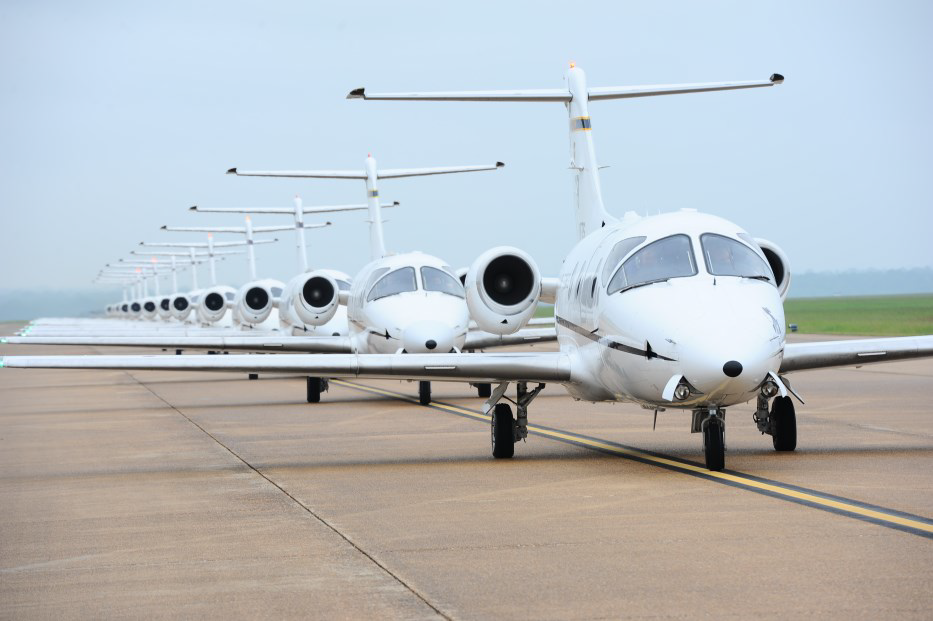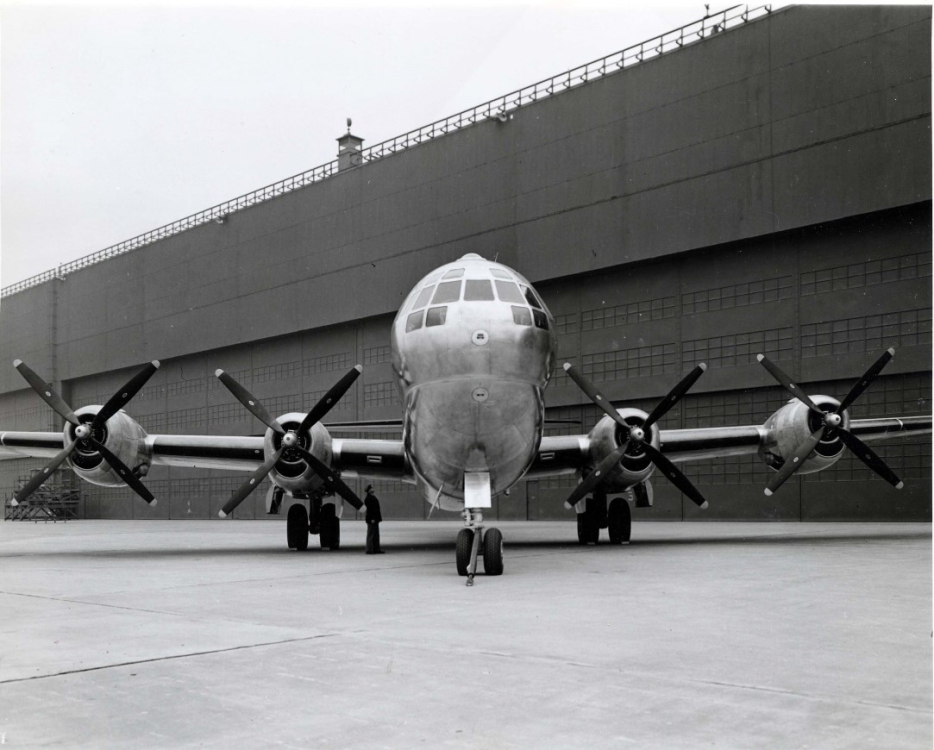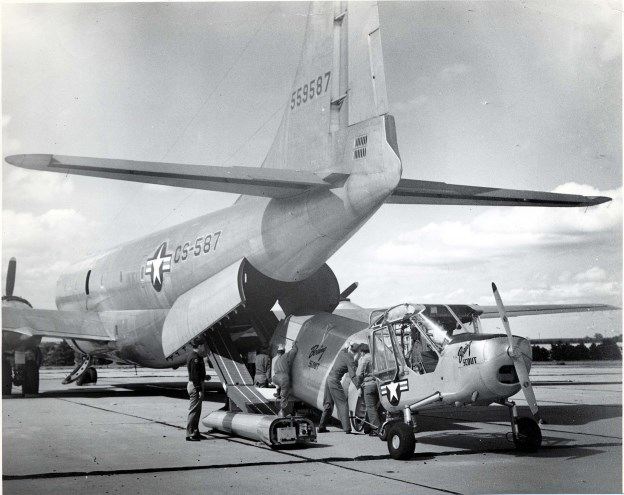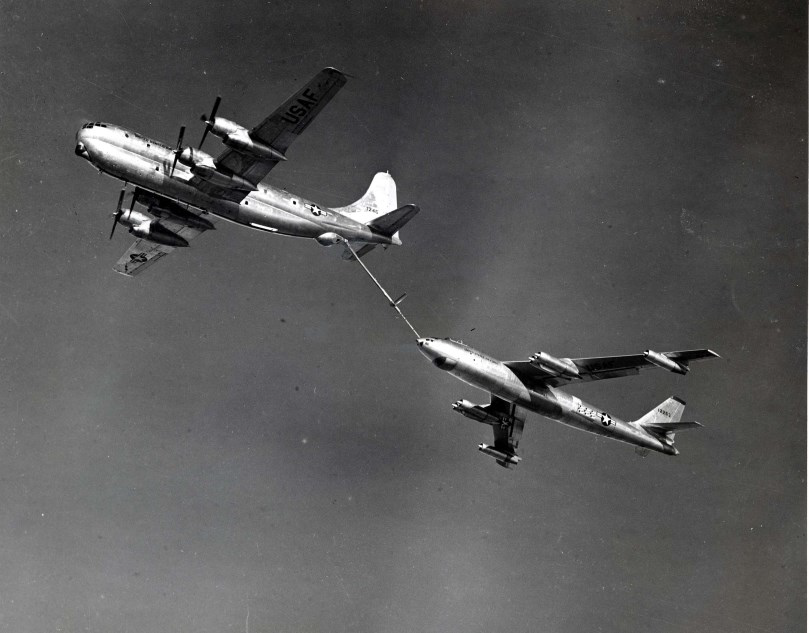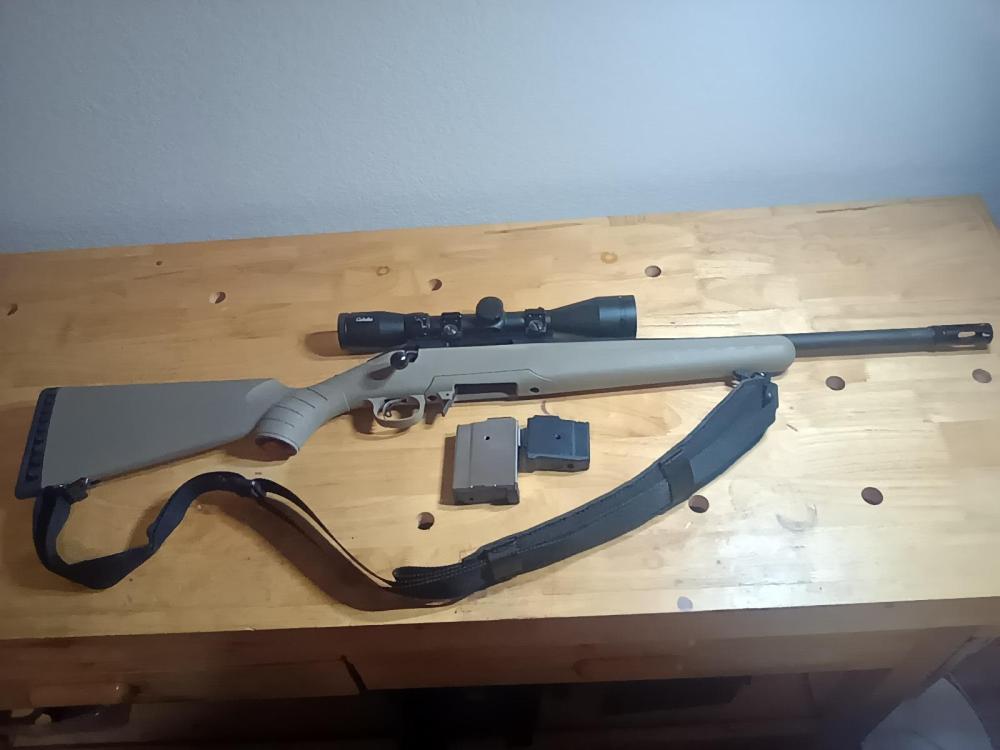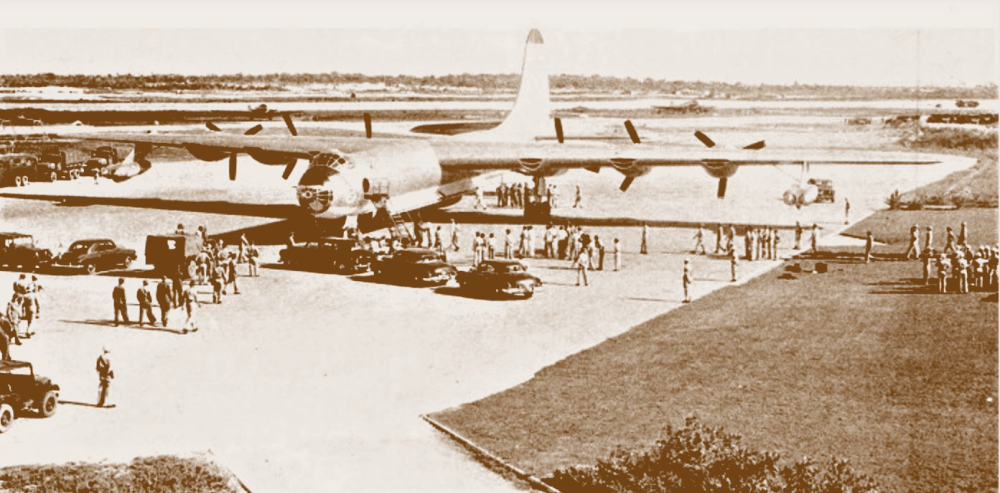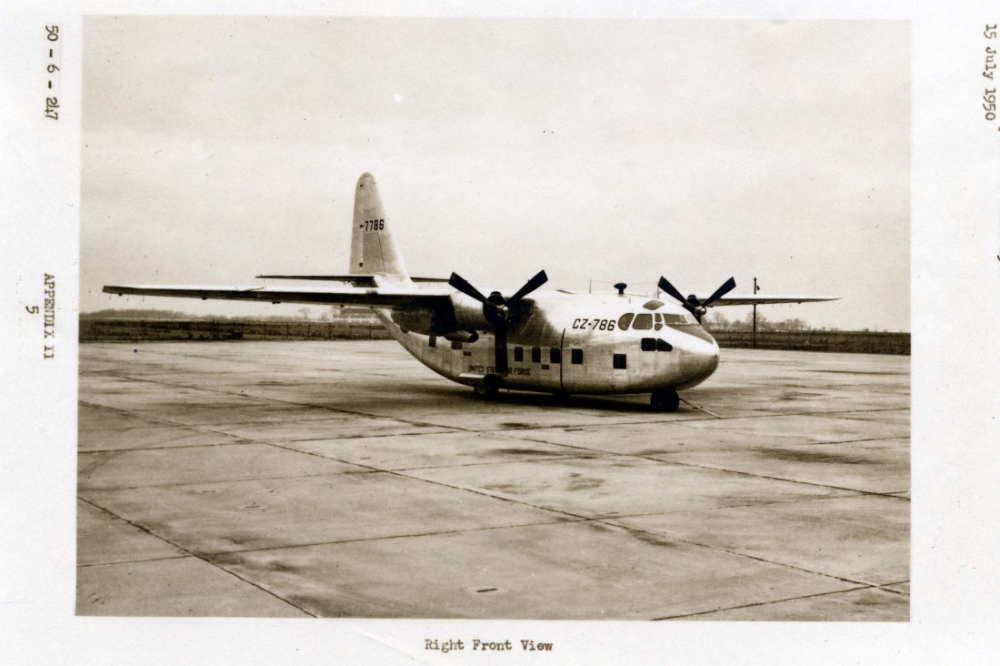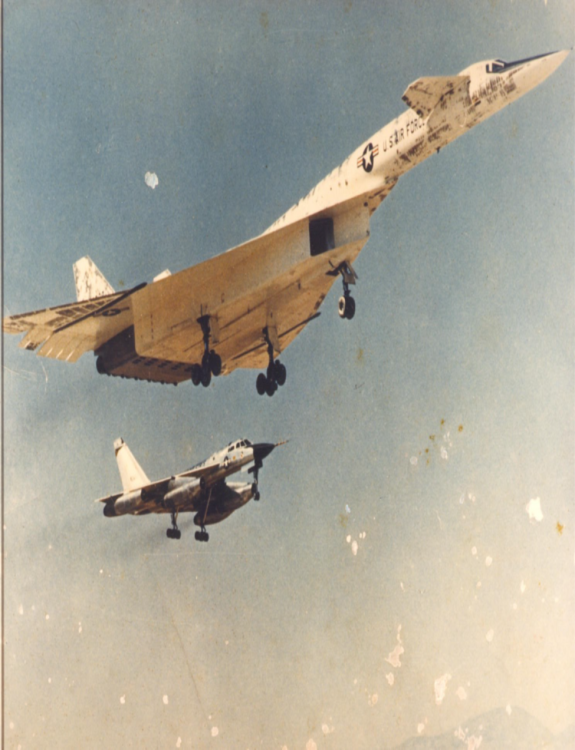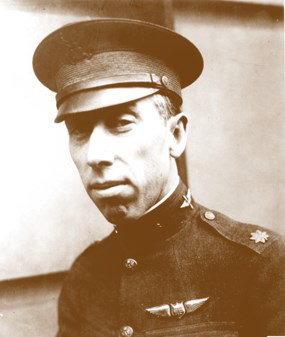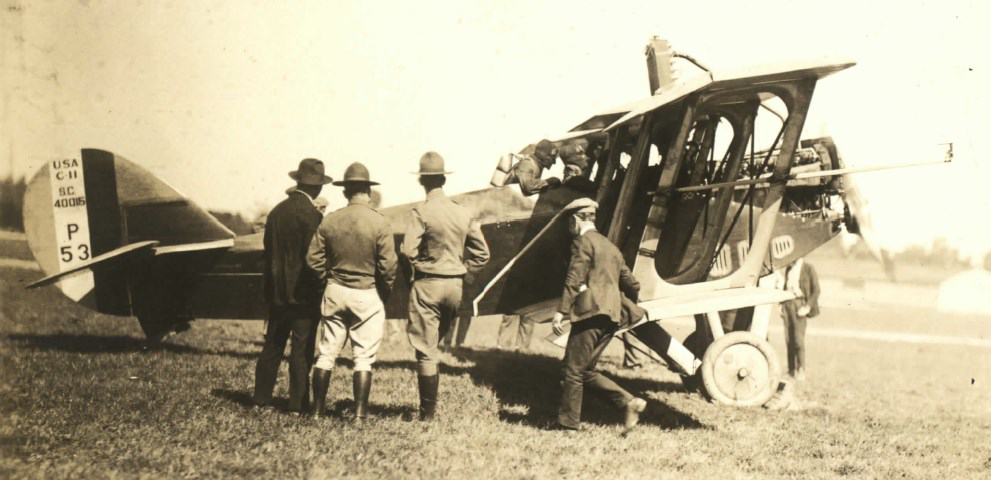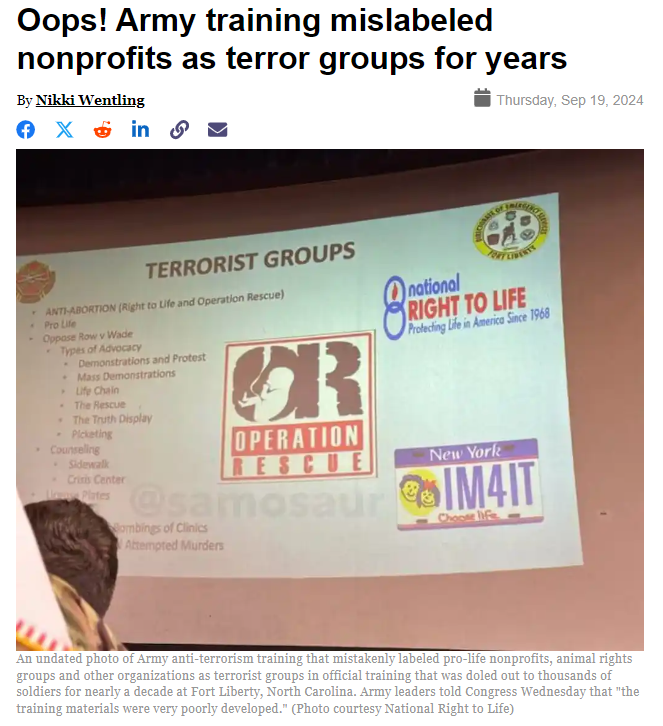-
Posts
5,910 -
Joined
-
Last visited
-
Days Won
159
Content Type
Profiles
Forums
Gallery
Blogs
Downloads
Wiki
Everything posted by M2
-
-
China’s Joint Sword-2024B Demonstrates Ability to Rapidly Encircle Taiwan On October 14, 2024, China launched large-scale joint military and law enforcement operations encircling Taiwan in response to a recent speech by Taiwan President Lai Ching-te on October 10. Called Joint Sword-2024B, the exercises involved a record number of Chinese military aircraft and likely coast guard assets operating around the island in a single day, as well as a likely intentional and novel information domain component in which dozens of foreign defense officials reportedly visited the Chinese military command that organized the exercise. This is the third Joint Sword exercise and the second that China has conducted in 2024. Taken together, all three exercises demonstrate a maturing (at least in a peacetime context) Chinese military and law enforcement capability to rapidly initiate operations that entirely surround and aim to exercise control over Taiwan. Overall, despite some de-escalation characteristics, the October 14 drills likely represent an escalation in comparison to past Joint Sword exercises, particularly given the number of aircraft and law enforcement ships involved in Joint Sword-2024B and its likely greater encroachment upon Taiwan’s contiguous zone. China’s response to Lai’s remarks, which were likely intended to show “restraint,” suggest China is unlikely to cease military coercion of Taiwan unless Lai makes a significant and very unlikely shift in his policies, to include openly embracing the concept that there is only “one China” (i.e., the 1992 Consensus). Additionally, China implemented new sanctions against two individuals and one organization engaged in perceived “independence” activities in Taiwan. (See full report attached) [GIS-2024-1015] China’s Joint Sword-2024B Demonstrates Ability to Rapidly Encircle Taiwan.pdf
-
We are fucked. It's now just a matter of how fucked we want to be!
-
Crew still missing...not good. Search Still Underway For Missing Crew Members After U.S. Navy EA-18G Crashes Near Mt. Rainier - The Aviationist
-
As I will be out for an exercise, here are the daily history inputs for the rest of the week... 75 years ago (17 Oct 1949), as the forces of Nazi Germany rolled across Western Europe and Imperial Japan expanded its conquests in Asia and the Pacific in the late 1930s, the United States considered the need to be able to strike these potential enemies across the Atlantic Ocean or vast stretches of the Pacific. To do that, the Army Air Corps contracted with Boeing for a “Very Heavy Bomber” in May 1941, seven months before Pearl Harbor. After significant growing pains, that project resulted in the B-29 Stratofortress, which could reach farther and drop more bombs than any other aircraft of its day. The B-29’s advanced design, leveraging new technologies like cabin pressurization (demonstrated on Wright Field’s XC-35 in 1937) convinced Boeing that the basic platform could be modified into an equally capable car-go plane that incorporated many of the bombers’ components. In June 1942, three months before the XB-29’s first flight, the company approached Wright Field with this concept, which gave them the go-ahead. The slender fuselage of the B-29 clearly wasn’t suitable for a heavy airlifter, but Boeing engineers devised a 2-level “inverted figure 8” concept that grafted a larger diameter upper fuselage onto the standard lower one, giving it considerably more interior volume, along with its distinct “pinched” waistline. The two halves were separated inside by a deck, with rear clam-shell doors and loading ramp to the upper space, which totaled over 6000 cubic feet—more than twice any other car-go plane. The wings, engines, tail, landing gear, and many internal components came directly from the B-29. Dubbed the XC-97 Stratofreighter, the type had its first flight on 9 November 1944 and just three months later flew non-stop across the US in a record six hours. After nine prototypes, the Air Force and Boeing pivoted the design’s baseline platform to the newer B-50—a significantly upgraded version of the B-29 that superficially looked the same but had 75% new components and 60% more horsepower for greater range, speed, efficiency, and lifting capacity. The first lot of these YC-97As were distributed among Military Air Transport Service (MATS), Strategic Air Command, Air Proving Command, and Air Materiel Command. One of SAC’s was pressed into service in May 1949 during the Berlin Airlift, where it carried a record one million pounds of cargo to the blockaded city in 27 sorties. The first production model C-97A had its maiden flight on 16 June 1949, with deliveries beginning that Fall. MATS received its first of these on 17 October 1949—75 years ago. They served with distinction during the Korean War, particularly for aeromedical evacuation. Boeing eventually built a total of 888 C-97 variants. Just 77 of these were cargo planes, another 56 were Boeing 377 Stratocruiser airliners, but the vast majority were KC-97 tankers (below), serving as the mainstay of the Air Force’s aerial refueling fleet until they were supplanted by the KC-135, with the last KC-97s being retired in the 1970s. In 1951, the type was also BIG SAFARI’s first project: PIE FACE, which concealed a massive camera in a C-97A to surreptitiously photograph East Germany. (Photos: NMUSAF) On 18 Oct 1971, 264 feeder calves weighing around 270 pounds each flew out of Tinker AFB on commercial DC-8s under the watchful eyes of base officials, representatives of the South Korean and Japanese embassies, U.S. Senator Henry Bellmon of Oklahoma, and former Arkansas governor Winthrop Rockefeller. The jet-setting cattle were on a trip to South Korea, where Sam Lee, the owner of Daehan Feed Co. in Seoul, had purchased the calves under a cooperative venture proposed by Senator Bellmon about a year prior. The idea was that calves could be sent to South Korea, fattened up there, and then sold to Japan as meat—avoiding a $130 per head tariff that discouraged ranchers from sending cattle directly from the U.S. to Japan. This flight followed an earlier “test run” in January of the same year, flying cattle from Tinker to California, which was known as “Project Bull Shipper,” a photo of which is reproduced here. The operation gave Tinker’s “LogAir” team valuable training and experience. (Photo: USAF) On 19 Oct 1991, the second test T-1A Jayhawk (TT-02) made its first flight. The first test plane had had its first flight earlier in the year, on July 5th. Following successful testing, the first operationally ready T-1A was delivered to Reese AFB in Texas a few months later in January 1992. This twin-engine, medium-range trainer was designed to be utilized in Specialized Undergraduate Pilot Training (SUPT) and would first see use with student pilots in 1993. SUPT begins with coursework and classroom time before students start primary flying training in the T-6 Texan II. Once they’ve completed flying in the T-6, they are “tracked” into either the fighter/bomber track or the airlift/tanker track. Those who will be going on to fly fighters and bombers then conduct their advanced flying training on the T-38 Talon (soon to be replaced by the T-7 Red Hawk); while those who will be flying airlift, cargo, and tanker missions train on the T-1. Pictured are 14th Flying Training Wing T-1s conducting a mass launch in 2015 from Columbus AFB, Mississippi. (Photo: USAF) On 20 Oct 1976, the General Dynamics plant in Fort Worth, Texas, hosted its rollout for the F-16A, revealing the production model of the new lightweight fighter to the public for the first time. Shortly after, in December 1976, it would have its first flight (shown here), nearly 3 years after the YF-16 had flown. The A model was larger, more robust, and more capable than the prototype. Even at rollout, it was clear that the F-16 was going to have a large foreign market. Unlike most US airplanes, the F-16 was actually commissioned by five countries in a coproduction scheme—the United States, of course, played the leading role, but it did so in agreement with four NATO allies: Belgium, Denmark, the Netherlands, and Norway. The F-16s produced for this consortium had parts manufactured in each of the five countries, and, at the time, the arrangement was hailed as “the arms deal of the century” by those involved. (Photo: NMUSAF) (Just to add, 20 Oct also marks the 43rd anniversary of my arrival at basic training! 🫡🫡)
-
On this date in 1958, the Air Force awarded North American Aviation the production contract for the GAM-77 (AGM-28) Hound Dog nuclear-armed cruise missile. These supersonic, jet-propelled missiles were designed to be carried singly or in pairs by B-52 bombers on external wing pylons. They were specifically designed in response to a 1956 request for proposals for a stand-off air-to-surface missile that could be fired from a range of about 600 miles primarily to hit fixed surface-to-air missile sites and air bases. This was to allow the B-52s to continue into Soviet airspace unimpeded to strike additional targets. The AGM-28 Hound Dog entered service with the Air Force in Dec 1959, with the last missiles leaving the Air Force’s inventory in 1978 when they were replaced by the Air Launched Cruise Missile (ALCM). (Photo: NMUSAF)
-
May be picking this up Friday (still haggling), a Gen 1 Ruger American in 7.62x39 with a 16.12" barrel, 3x9 Cabela's scope, slotted flash hider and 5 and 10 rd magazines (it uses Mini-30 mags). Why? Boatloads of AK ammo sitting around doing nothing since I got into ARs earlier this year. Plus, it makes for a decent short-to-mid distance (<200 yds) lightweight deer rifle! I already have a Ruger American in .22 and love it. I expect my experience will be the same if I get this rifle.
-
The WSJ take on the situation, with the added bonus of a humorous story on the "worst spy ever," Fengyun Shi! Mystery Drones Swarmed a U.S. Military Base for 17 Days. The Pentagon Is Stumped. U.S. officials don’t know who is behind the drones that have flown unhindered over sensitive national-security sites—or how to stop them https://www.wsj.com/politics/national-security/drones-military-pentagon-defense-331871f4 To view the article with pictures, go to the Air Force MWR Libraries website (https://daf.dodmwrlibraries.org/) and log in using your DoD ID number (i.e., EDIPI) and DOB. Once confirmed, under ‘Find a Resource’ search for the Wall Street Journal. Once at that publication’s website, use the URL above.
-
Today in 1954, 70 years ago, the first full wing of Consolidated B-36 Peacemakers—which were then the largest intercontinental bombers in the world—deployed to Andersen Air Force Base on Guam. This was the first time a complete B-36 wing had deployed overseas. The bombers were part of Strategic Air Command’s 92nd Bomb Wing (pictured here on Guam with one of their B-36s in 1954). At the time, Brig Gen Joseph D. Caldera told media outlets that the B-36 “now flying daily over the Western Pacific could take off from Guam, hit every important Russian target, and land in England,” making Guam the chief Soviet target in the Pacific were the Cold War to turn hot. While the B-36 was the primary component of America’s nuclear deterrent force in the early Cold War, no B-36 ever dropped a bomb in combat. (Photo: AFLCMC/HO)
-
Seventy-five years ago today yesterday, on 14 Oct 1949, the Chase Aircraft Company’s prototype XC-123 (or “Avitruc”) completed its first flight above Trenton, New Jersey. The XC-123 was essentially a derivative of a World War II “assault glider” with a pair of engines added to it in order to transport troops and supplies to small unprepared fields in forward combat areas. Its 110-foot wingspan was described in papers at the time as being “only 10 feet shorter than the Wright Brothers’ first flight.” Robert W. Wheatley was the pilot for this first flight. The XC-123 developed into the production model Fairchild C-123 Provider, a rugged short-range assault transport that saw heavy use during the Vietnam War. (Photo: NMUSAF)
-
I worked for the 390 ECS at MHAFB during my enlisted days. The EF was a great jet and mission!
-
Tomorow (9 Oct 2024) marks the twenty-fifth anniversary of when the SR-71 (unofficially nicknamed the “Blackbird” on account of its eye-catching—and high-emissivity—black paint scheme) flew its very last flight during an Edwards AFB Open House and Air Show on 9 Oct 1999. Designed by the Lockheed Corporation (today Lockheed Martin) from their earlier A-12 and YF-12A aircraft, the SR-71 was a long-range strategic reconnaissance aircraft—that also ranked as the world’s fastest and highest-flying production aircraft. First flying in December 1964, the SR-71 entered service with the Air Force in 1966. It was retired from the operational Air Force inventory on 26 Jan 1990, largely due to its high cost of operation, but continued to fly for NASA through the ’90s. The SR-71’s last flight was performed by NASA 844 (an SR-71 A-model, s/n 61-7980) and it was flown by NASA pilot Rogers E. Smith (pictured here with a NASA SR-71 in 1992). Smith flew the SR-71 up to 80,100 feet on this sortie, and achieved speeds of Mach 3.21. The aircraft was actually supposed to fly one more day, with its final flight originally planned for 10 Oct 1999—but a fuel leak grounded it after its flight on the 9th. (Photo: NASA)
-
This Saturday marks the 60th anniversary of the XB-70 exceeding Mach I for the first time! In 1954, the US Air Force issued a General Operational Requirement calling for a strategic bomber to replace the Boeing B52—which had not yet even become operational. After further studies and refinement over the ensuing months, Weapons System 110A emerged, specifying a large payload, intercontinental range, subsonic cruise, “maximum possible” speed during a lengthy “penetration dash,” and an operational date of 1963. Only Boeing and North American Aviation elected to take on this considerable challenge. It was just seven years after the tiny, rocket-powered X1 first “broke the sound barrier,” but now the Air Force wanted to fly a massive bomber across the world, at a minimum of 60,000 feet, going two or three times as fast as Chuck Yeager did. Even current fighters could not hit these performance requirements, regardless of range. To further complicate the design, the contract also called for a reconnaissance version of the plane to be developed simultaneously. The radical specifications resulted in initially radical designs from Boeing and North American. Both concepts used disposable fuel tanks and weighed threequarters of a million pounds (for comparison, a B52 is less than 200,000 pounds). Realizing the folly of this approach, the Air Force permitted more technology/performance tradeoffs and, in 1957, selected North American’s new design, dubbed the XB70, as the winner. It featured a massive delta wing, six engines that propelled it beyond Mach 3, and an extended “swan neck” front fuselage that was graced by canards (small control wings) on either side. But from the fall of 1957 into 1958, global events outpaced the program. The Soviets had launched Sputnik, the world’s first artificial satellite, and the US had drastically accelerated its Intercontinental Ballistic Missile (ICBM) programs. The ICBMs topped with nuclear warheads could hit the Soviet Union faster (and more cheaply), were nearly invulnerable to interception, and would be ready sooner than massive and expensive bombers like the XB70. The resulting debate was heavily swayed by the ICBM, the potential vulnerability of even highspeed aircraft to interception or surface to air missiles, and by the cancellation of a related fighter program that used many of the same systems, thereby sharing development costs. After several fits and starts, the XB70 program was reduced to just two airframes as prototype/research demonstrators. The first XB70 Valkyrie rolled out of the North American plant at Palmdale, California, on 11 May 1964, and made its first flight on 21 September, concluding at the adjacent Edwards AFB for the rest of the test program. The pilots had planned to take the Valkyrie past Mach 1 on that maiden voyage, but its landing gear got stuck in the lowered position. A second attempt had a hydraulic failure and saw a “large amount” of paint peel from the aircraft (below). Finally, on 12 October 1964, the XB70 exceeded the speed of sound for the first time. The remaining test program experienced a fair share of difficulties, culminating in a midair collision that destroyed the second prototype. NASA briefly flew the remaining airplane for further research, until it made its final journey—to Wright-Patterson AFB for display at the National Museum of the USAF. (Photos: NMUSAF) B-58 Hustler: Length: 96 ft 9.4 in, Wingspan: 56 ft 9.9 in XB-70 Valkyrie: Length: 186 ft, Wingspan: 105 ft
-
The Army figured it out before the Air Force! Army's Top Enlisted Leader Removed Diversity Consideration for Top Enlisted Roles The Army's top enlisted leader has removed key guidance that required diversity to be considered when selecting individuals to serve in upper-level noncommissioned officer positions, according to a memo reviewed by Military.com. Sergeant Major of the Army Michael Weimer, the top enlisted leader of the force, recently issued new guidance on selecting command sergeants major that was essentially copy-and-pasted from his predecessor -- with one exception. It removes a line directing that a command sergeant major candidate's diversity be considered... (full article at title link)
-
On 24 Sep 1919, McCook Field chief test pilot Maj Rudolph W. “Shorty” Schroeder set an altitude record of 30,900 feet for an airplane carrying a passenger—besting his own record made earlier that month by 1,900 feet in the same Packard-LePere LUSAC-11 biplane, equipped with an experimental turbocharger developed at McCook with General Electric (the LUSAC-11 is shown here during one of the two-man altitude record attempts—note the flight crew’s special flying gear and the turbo on the front of the engine). However, Schroeder was so unimpressed with beating his previous record by “only” 1,900 feet that he suggested they not even bother calibrating the figures, because he would just do better next time. Indeed, on 4 Oct, Maj Schroeder and Lt George Elsey smashed that record by reaching 33,450 feet. Schroeder’s Army career ended a few months later during a solo altitude record flight when his protective gear failed, nearly killing him and leaving him temporarily blind. (Photos: AFLCMC/HO)
-
Electronic Warfare Spooks Airlines, Pilots and Air-Safety Officials If you don't have access to the WSJ, log onto the USAF MWR library website using your DoD Identification Number and DOB, then go under 'Find A Resource' and search for it... https://daf.dodmwrlibraries.org/ By the way, I already checked...there are no gun magazines listed! 🤬🤬🤬
- 40 replies
-
- 2
-

-
- civil aviaition
- china
-
(and 2 more)
Tagged with:
-
https://www.militarytimes.com/news/your-army/2024/09/19/oops-army-training-mislabeled-nonprofits-as-terror-groups-for-years/
-
55 years ago today, 19 Sep 1969, the first air-launched test of an AGM-65 Maverick air-to-ground missile took place at Edwards AFB, California. The missile was launched from an F-4E Phantom II (shown here carrying two orange-and-white Mavericks during testing), flown by McDonnell Douglas test pilot F. H. “Buck” Rogers. Although the original operational Maverick was television guided, the missile tested on this date was unguided and was primarily fired to demonstrate safe separation and launching from an aircraft. The Hughes Aircraft Company had been developing the missile since about 1966, and the first production version of the AGM-65A was delivered to the Air Force in August 1972. The Maverick remains in use today, though it is now produced by Raytheon, which bought the Hughes Aircraft Company in a 1997 merger. (Photo: NMUSAF)
-
Who did you order your suppressor from, and what model did you get?
-
What a great story and video!! 🤣🤣🤣 Pager explosions kill Hezbollah fighters, wound thousands in Lebanon | Reuters Unclassified sources say it was a supply-chain attack by the Israelis. I can't wait to read the intel on this!
-
And to show I do have a sense of humor (and was at UF during this time!)... 1.7M views · 8.4K reactions Posted @withregram • @collegesportsonly 👉 Follow @collegesportsonly for more! 🏈🏀⚾️ This spoof Florida football entrance exam wi.mp4
-
Like it? I lived it! 😎😎😎







